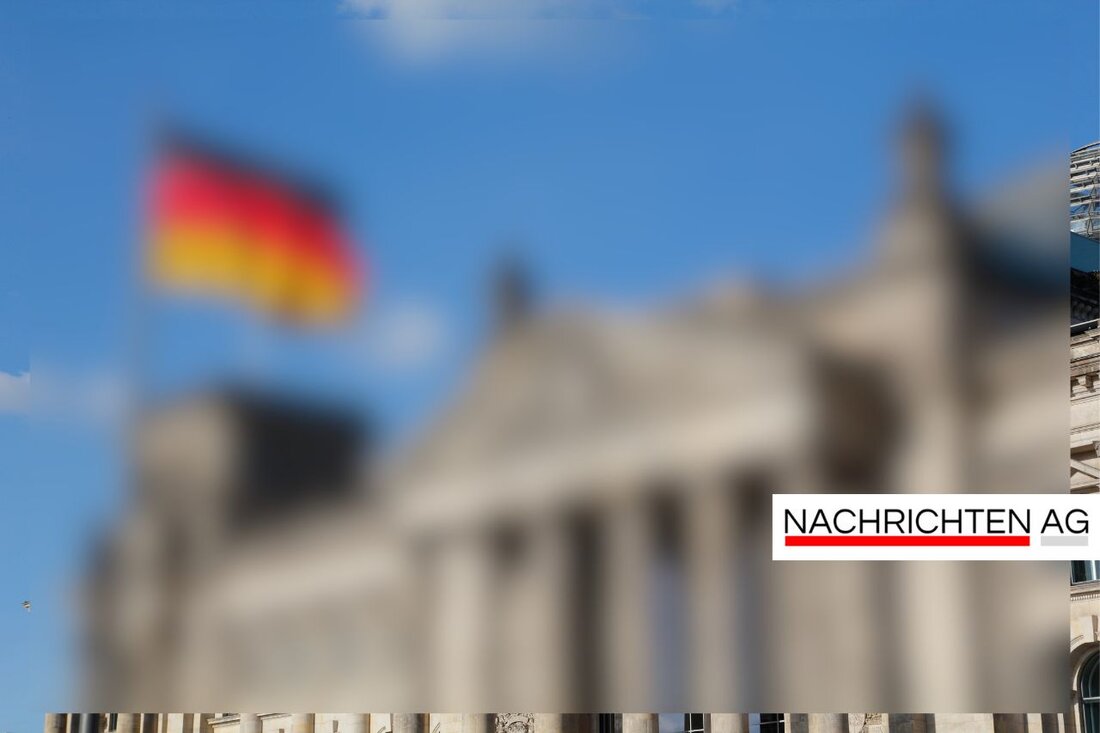Hydrogen future in Kraak: Natural gas storage becomes energy storage!
The natural gas storage facility in Kraak is celebrating 25 years and will be able to store hydrogen in the future, which is essential for the energy transition.

Hydrogen future in Kraak: Natural gas storage becomes energy storage!
A lot is happening in the area of energy supply in Mecklenburg-Western Pomerania. New perspectives are emerging at the natural gas storage facility in Kraak, which was put into operation 25 years ago. The storage facility, which is located underground in a salt dome, will not only contribute to the security of natural gas supplies, but is also suitable for storing hydrogen. This was recently announced at a ceremony to mark the 25th anniversary of the natural gas storage facility. Economics Minister Wolfgang Blank highlighted the importance of this facility as a potential hydrogen storage facility and emphasized that Kraak can remain an anchor for future energy supply, as reported by nordkurier.de.
The geological investigations have shown that the structure of the storage basin is ideal for storing hydrogen. Positive results on salt quality and tightness were presented by storage manager Eva Maria Diederichs. The Stralsund Mining Authority has confirmed the best conditions for a future conversion. However, there are currently no concrete plans to switch to hydrogen, which will require some patience from those responsible.
Investments in hydrogen infrastructure
In order to further advance the energy transition, the federal and state governments have already promised funding of 540 million euros for the development of a hydrogen infrastructure in Mecklenburg-Western Pomerania. These funds are part of a comprehensive strategy to expand renewable energies. Other projects that are being planned include four large-scale plants for the production of green hydrogen. In particular, the production plant with 100 megawatts of output at H2Apex in Rostock-Laage and a second plant in the port of Rostock, which is to be expanded to one gigawatt by 2030, are particularly striking ndr.de reports.
These projects are considered to be of European interest and are part of the basic framework for the hydrogen infrastructure in Germany, which is necessary to support the climate-neutral transformation of the industry. Federal Minister of Economics Robert Habeck has also issued three-figure funding notices worth millions. Hydrogen is expected to play a key role in industry and beyond.
Hydrogen as an essential component of the energy transition
According to the Federal Ministry of Economics, hydrogen plays a crucial role in the fight against climate change. It is viewed as a versatile energy source required to decarbonize industrial processes. Experts agree that without hydrogen the goals of the energy transition cannot be fully achieved. It is not only produced domestically, but also has to be partially imported to cover demand, as bundeswirtschaftsministerium.de explains.
In order to meet these challenges, the federal government is developing a hydrogen import strategy that requires an efficient infrastructure. The future hydrogen core network is expected to connect key locations in Germany by 2032, with an extension of around 9,700 kilometers. These measures are necessary to ensure comprehensive supply and to optimize the value chain.
In summary, it can be said that the natural gas storage facility in Kraak and the new hydrogen projects in Mecklenburg-Western Pomerania show to some extent how the region is investing in the future of energy supply. It will be exciting to see how the situation will develop in the coming months.

 Suche
Suche
 Mein Konto
Mein Konto